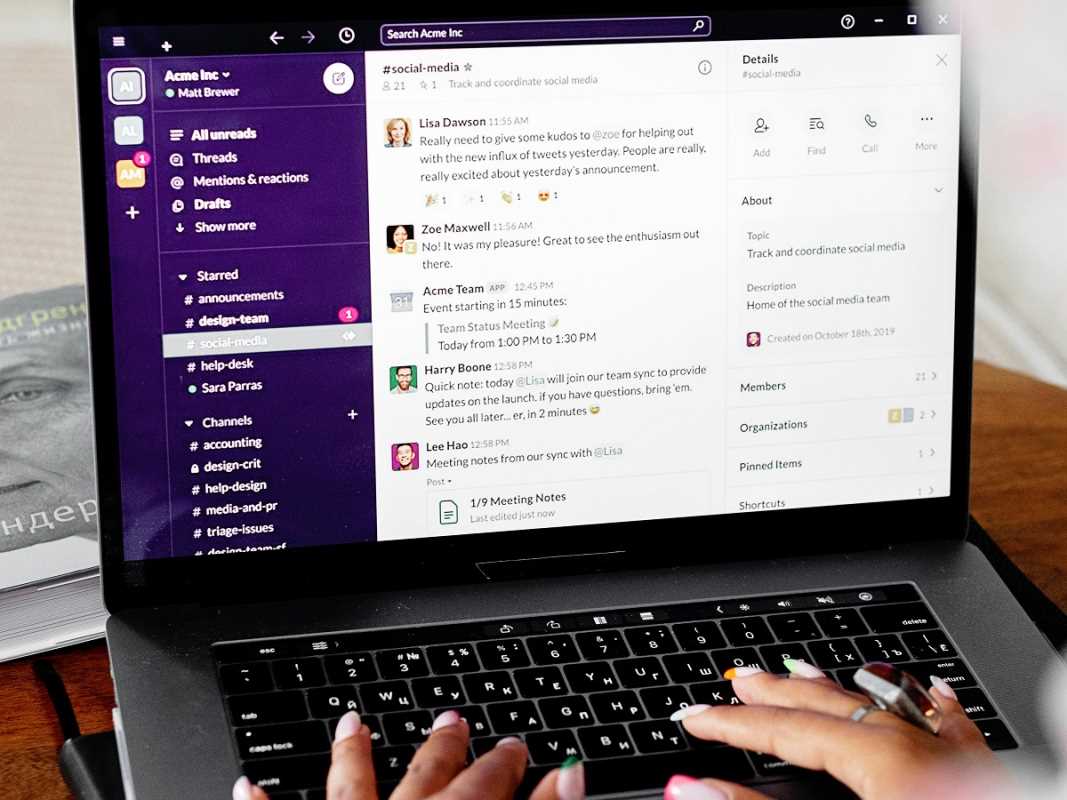Creating a personal productivity system is a game-changer for staying on top of tasks, projects, and your overall day-to-day. A good system isn’t about following a one-size-fits-all formula; it’s about tailoring tools and workflows to suit your unique needs, preferences, and goals. By combining email management apps, focus tools, and collaboration platforms, you can build a cohesive system that helps you work smarter, not harder.
Here’s how to create a personal productivity system that works for you.
1. Define Your Productivity Goals
Before selecting tools or workflows, take time to clarify what you want to accomplish. Are you aiming for better time management? Improved communication? Or simply reducing the chaos in your day? Identifying your goals will help you choose tools and approaches that align with your priorities.
Action Tip:
- List out pain points in your current workflow—for example, “I often lose track of deadlines” or “I need help focusing during busy days.”
- Break your goals into categories like task management, communication, and personal focus to better organize your system.
2. Choose the Right Tools for the Job
The foundation of any productivity system is the tools you use. With so many apps and platforms available, it’s crucial to evaluate what suits your work style. Start by identifying tools from three key categories:
Email Management Apps:
Keep your inbox under control with apps like Spark, Outlook, or Gmail. Features like smart inbox sorting, canned responses, and follow-up reminders make email more manageable.
Focus Tools:
Stay on task with apps that minimize distractions. Tools like Focus@Will provide concentration-boosting music, while apps like Forest and Freedom block distracting sites and apps during work sessions.
Collaboration Platforms:
For teamwork, apps like Slack, Microsoft Teams, or Trello help streamline communication and project tracking. If you’re managing larger projects, platforms like Notion or ClickUp may be better suited to your needs.
Action Tip:
- Choose apps with integrations so they can work seamlessly together (e.g., a task manager that syncs with your email).
- Test tools with free trials to see if they fit your workflow before committing.
3. Organize Your Workflow
Once you’ve selected your tools, it’s time to piece them together into a cohesive workflow. Think of this as building a pipeline where information flows smoothly from one step to the next.
Set Up a Task Management System:
Choose a task management app like Todoist or ClickUp to track and prioritize your to-dos. Create categories that match your work and personal life, such as “Work Projects,” “Errands,” or “Follow-Ups.”
Streamline Communication:
Integrate your email and collaboration tools to reduce duplication. For example, you can use Slack for team discussions and reserve email for formal communication.
Automate Repetitive Tasks:
If you find yourself performing repetitive tasks, consider automation tools like Zapier or IFTTT. For instance, you can automatically save email attachments to cloud storage or set reminders for tasks right from your inbox.
Action Tip:
- Create a daily routine that includes specific time for emails, focused work, and meetings. Stick to this routine as much as possible for consistency.
- Use calendar apps to block out dedicated work periods for high-priority tasks.
4. Keep It Simple and Flexible
A productivity system doesn’t have to be overly complex to be effective. Focus on tools and workflows that reduce friction, not add to it. Overloading your system with too many apps, rules, or steps can lead to frustration.
Action Tip:
- Start small with just 2–3 core tools and build complexity only if needed.
- Periodically review your system to ensure it’s still serving you well.
5. Maintain Consistency and Habits
The best system in the world won’t work if you don’t use it consistently. Create habits around your productivity system to make it second nature, like checking your task manager at the start of each workday or clearing your inbox every evening.
Action Tip:
- Set aside 5–10 minutes at the end of each day to review your progress and plan for tomorrow.
- Track how well your system improves your productivity by reviewing completed tasks or meeting deadlines.
6. Adjust for Life’s Curveballs
No productivity system stays perfect forever. Life happens, priorities shift, and sometimes even the best tools stop being effective. Stay flexible and adapt your system to meet new challenges as they arise.
Action Tip:
- Be willing to remove tools or workflows that no longer serve you.
- Seek feedback from colleagues or mentors about how your system impacts collaboration and adjust as needed.
Building a personal productivity system is all about finding what works best for you. By combining the right tools, organizing workflows, and maintaining consistent habits, you can minimize stress, stay productive, and accomplish more.
Start small, keep it simple, and customize as you go—and before you know it, your productivity system will be an integral part of your personal and professional success. Time to take that first step!
 (Image via
(Image via.jpeg)





